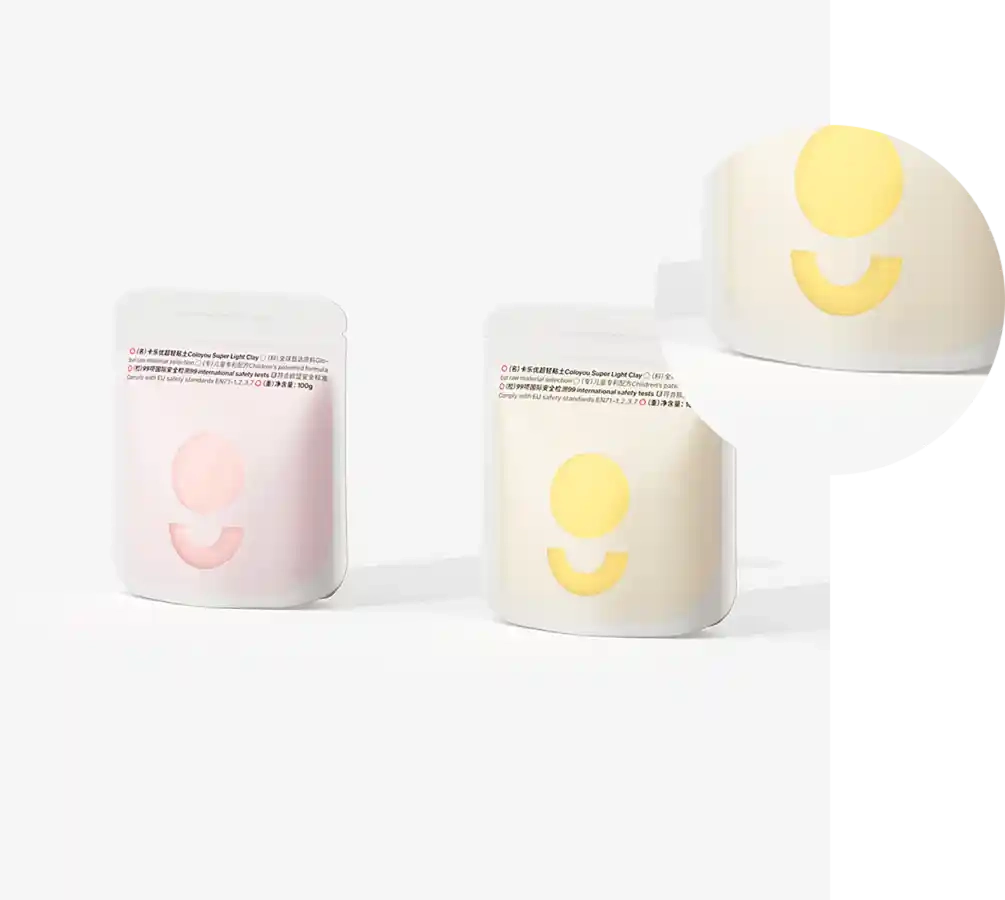- Afrikaans
- Albanian
- Amharic
- Arabic
- Armenian
- Azerbaijani
- Basque
- Belarusian
- Bengali
- Bosnian
- Bulgarian
- Catalan
- Cebuano
- chinese_simplified
- chinese_traditional
- Corsican
- Croatian
- Czech
- Danish
- Dutch
- English
- Esperanto
- Estonian
- Finnish
- French
- Frisian
- Galician
- Georgian
- German
- Greek
- Gujarati
- haitian_creole
- hausa
- hawaiian
- Hebrew
- Hindi
- Miao
- Hungarian
- Icelandic
- igbo
- Indonesian
- irish
- Italian
- Japanese
- Javanese
- Kannada
- kazakh
- Khmer
- Rwandese
- Korean
- Kurdish
- Kyrgyz
- Lao
- Latin
- Latvian
- Lithuanian
- Luxembourgish
- Macedonian
- Malgashi
- Malay
- Malayalam
- Maltese
- Maori
- Marathi
- Mongolian
- Myanmar
- Nepali
- Norwegian
- Norwegian
- Occitan
- Pashto
- Persian
- Polish
- Portuguese
- Punjabi
- Romanian
- Russian
- Samoan
- scottish-gaelic
- Serbian
- Sesotho
- Shona
- Sindhi
- Sinhala
- Slovak
- Slovenian
- Somali
- Spanish
- Sundanese
- Swahili
- Swedish
- Tagalog
- Tajik
- Tamil
- Tatar
- Telugu
- Thai
- Turkish
- Turkmen
- Ukrainian
- Urdu
- Uighur
- Uzbek
- Vietnamese
- Welsh
- Bantu
- Yiddish
- Yoruba
- Zulu
16 gauge to mm
Understanding 16 Gauge Wire A Comprehensive Guide to Conversion and Applications
When it comes to understanding wire gauges, particularly the 16 gauge wire, knowing how to convert this measurement into millimeters (mm) can be crucial for various applications. Wire gauges, which are used widely in electrical applications, crafting, and construction, are measured on the American Wire Gauge (AWG) scale. The 16 gauge wire is a commonly used size, especially in projects requiring moderate strength and conductivity.
What is Gauge Size?
The gauge system is a traditional way of measuring the diameter of non-ferrous wire. The American Wire Gauge (AWG) system assigns a number to the diameter of the wire; a smaller gauge number indicates a thicker wire and vice versa. For instance, 16 gauge wire is thicker than 18 gauge wire but thinner than 14 gauge wire.
Converting 16 Gauge to Millimeters
The diameter of a 16 gauge wire is approximately 1.291 millimeters. This conversion is essential for several reasons. When working with designs where electrical contacts need to fit specific components, ensuring the right diameter is crucial.
Why Use 16 Gauge Wire?
16 gauge wire finds a balance between durability and flexibility, making it suitable for a variety of applications
16 gauge to mm

1. Electrical Wiring 16 gauge wire is often used in residential and commercial electrical applications. It can handle an electrical current of about 10 to 22 amps, making it perfect for light fixtures, home appliances, and other devices that don’t require heavy gauge wiring. 2. Crafting and Artistic Projects Jewelry makers and crafters frequently use 16 gauge wire for creating pendants and structures that require a thick and sturdy wire but still want to maintain a manageable weight. 3. Automotive Use In automotive wiring, 16 gauge is often employed to connect various components due to its balance between conductivity and strength. This gauge can withstand the rigors of automotive applications while providing sufficient current for various devices.
4. DIY Projects For DIY enthusiasts, 16 gauge wire is a popular choice for projects such as building light fixtures, birdhouses, or even fencing systems, where both durability and ease of handling are required.
Selecting the Right Wire Gauge
When selecting the appropriate wire gauge for any project, it is essential to consider the following factors
- Current Load Always ensure that the wire gauge can handle the required electrical load. Consult the ampacity charts, which indicate the maximum current a gauge can safely carry. - Length of Wire The longer the wire run, the more resistance it will have. This might impact your choice and may require using a thicker wire if the distance is considerable. - Environmental Factors If the wire will be exposed to extreme temperatures or moisture, it’s essential to select wire rated for those conditions.
Final Thoughts
In conclusion, understanding 16 gauge wire and its conversion to millimeters opens up a world of possibilities for various applications—from electrical tasks to artistic endeavors. At approximately 1.291 mm in diameter, it stands out as a versatile choice for many users. Whether you are an electrician, a crafter, or a DIY enthusiast, knowing the properties and appropriate applications of 16 gauge wire can lead to successful project outcomes and increased safety in electrical work. Always remember to adhere to safety standards and guidelines while working with electrical components to ensure a secure and efficient project.













